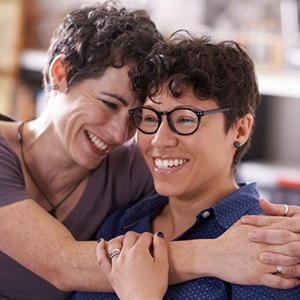College football players may appear healthy, but this is not the case. A significant number have abnormalities in coordination and inflammation, according to a new study.
December 16, 2021
Source:
Northwestern University
Summary:
Collegiate football athletes with a decade or more of experience with the sport have related abnormalities in inflammation, energy production and coordination that are apparent before the football season and across the season, a new study has found. The abnormalities are related to routine repetitive head impacts from tackling and blocking.
College football players may appear healthy and successful on the field, but a number of biological measures say otherwise.
A new study between Northwestern Medicine, Pennsylvania State University and other collaborating universities has found collegiate football athletes with a decade or more of experience with the sport have related abnormalities in inflammation, energy production and coordination that are apparent before the football season and across the season. The abnormalities are related to routine repetitive head impacts from tackling and blocking.
Most head trauma studies tend to focus on injury being severe enough to cause a clinical concussion, as opposed to assessing the routine effect of repeated tackles or blows to the head over a season. These findings argue that impact sport athletes, regardless of history of concussion, have chronic problems.
The brain, in simple, non-technical language.
These problems were found in measures that show abnormal regulation of inflammation, less coordinated movement and abnormalities in how cells produce energy. These three measures are significantly related to each other before the football season and to changes observed across the football season. They were also related to the number of head impacts a player received over the season.
"These findings support over a decade of reports about the negative effects of repetitive head impacts along with studies of animal brain injury," said co-senior author Dr. Hans Breiter, professor of psychiatry and behavioral sciences at Northwestern University Feinberg School of Medicine. "At this point, it appears the canary is dead in the coal mine."
"This problem affects much of youth and professional impact sports in the U.S., along with training of U.S. military personnel," said co-senior author Dr. Semyon Slobounov, professor of neurosurgery at Penn State College of Medicine.
A new study between Northwestern Medicine, Pennsylvania State University and other collaborating universities has found collegiate football athletes with a decade or more of experience with the sport have related abnormalities in inflammation, energy production and coordination that are apparent before the football season and across the season. The abnormalities are related to routine repetitive head impacts from tackling and blocking.
Most head trauma studies tend to focus on injury being severe enough to cause a clinical concussion, as opposed to assessing the routine effect of repeated tackles or blows to the head over a season. These findings argue that impact sport athletes, regardless of history of concussion, have chronic problems.
These problems were found in measures that show abnormal regulation of inflammation, less coordinated movement and abnormalities in how cells produce energy. These three measures are significantly related to each other before the football season and to changes observed across the football season. They were also related to the number of head impacts a player received over the season.
"These findings support over a decade of reports about the negative effects of repetitive head impacts along with studies of animal brain injury," said co-senior author Dr. Hans Breiter, professor of psychiatry and behavioral sciences at Northwestern University Feinberg School of Medicine. "At this point, it appears the canary is dead in the coal mine."
"This problem affects much of youth and professional impact sports in the U.S., along with training of U.S. military personnel," said co-senior author Dr. Semyon Slobounov, professor of neurosurgery at Penn State College of Medicine.
The brain, in simple, non-technical language.









